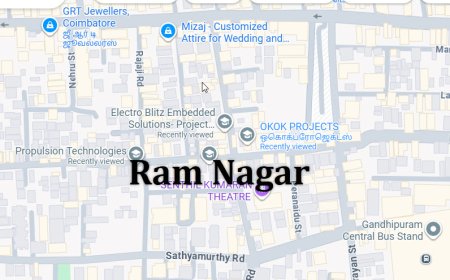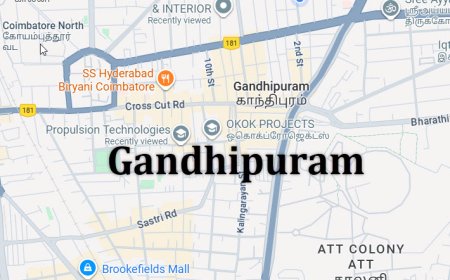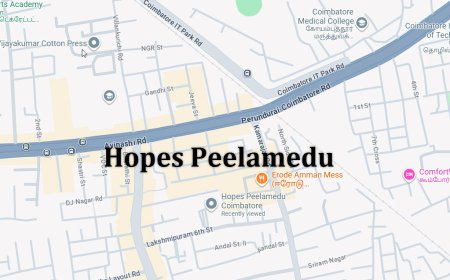Vitamin Deficiency Detection Using Image Processing in Python Projects
Vitamin Deficiency Detection Using Image Processing in Python Projects
Vitamin Deficiency Detection Using Image Processing in Python Projects
Abstract
Vitamin deficiencies can lead to severe health issues, including weakened immunity, bone problems, and vision disorders. The project Vitamin Deficiency Detection Using Image Processing in Python Projects focuses on developing an intelligent system that detects signs of vitamin deficiency through image analysis. Python is chosen as the development platform due to its extensive libraries for image processing, machine learning, and data analysis, including OpenCV, TensorFlow, Keras, NumPy, and Pandas. The system captures images of relevant body parts, such as skin, nails, or eyes, preprocesses them to enhance quality and reduce noise, and applies convolutional neural networks (CNNs) to classify visible signs of vitamin deficiencies. This automated approach provides early detection, enabling timely medical intervention and improving overall health outcomes.
Existing System
Existing methods for detecting vitamin deficiencies primarily rely on blood tests, clinical examinations, or subjective assessment by healthcare professionals. While accurate, these approaches are time-consuming, costly, and may not be easily accessible for routine monitoring. Some preliminary research has applied image analysis to detect specific health conditions, but existing systems often lack robustness, scalability, or automated classification capabilities. Manual analysis of images is labor-intensive and prone to errors, limiting its effectiveness in large-scale or remote health monitoring.
Proposed System
The proposed system introduces a Python-based framework for vitamin deficiency detection using image processing and deep learning techniques. Images of the subject’s skin, eyes, or nails are captured and preprocessed with techniques such as resizing, noise removal, contrast enhancement, and normalization. Convolutional Neural Networks (CNNs) are trained on labeled datasets to identify visual indicators of vitamin deficiencies, such as pale skin, yellowing of eyes, or brittle nails. The system evaluates its performance using metrics such as accuracy, precision, recall, F1-score, and confusion matrices. By combining automated image analysis with deep learning classification, the system provides a scalable, reliable, and efficient solution for early detection of vitamin deficiencies, supporting preventive healthcare and reducing the risk of related health complications.
What's Your Reaction
 Like
0
Like
0
 Dislike
0
Dislike
0
 Love
0
Love
0
 Funny
0
Funny
0
 Angry
0
Angry
0
 Sad
0
Sad
0
 Wow
0
Wow
0































